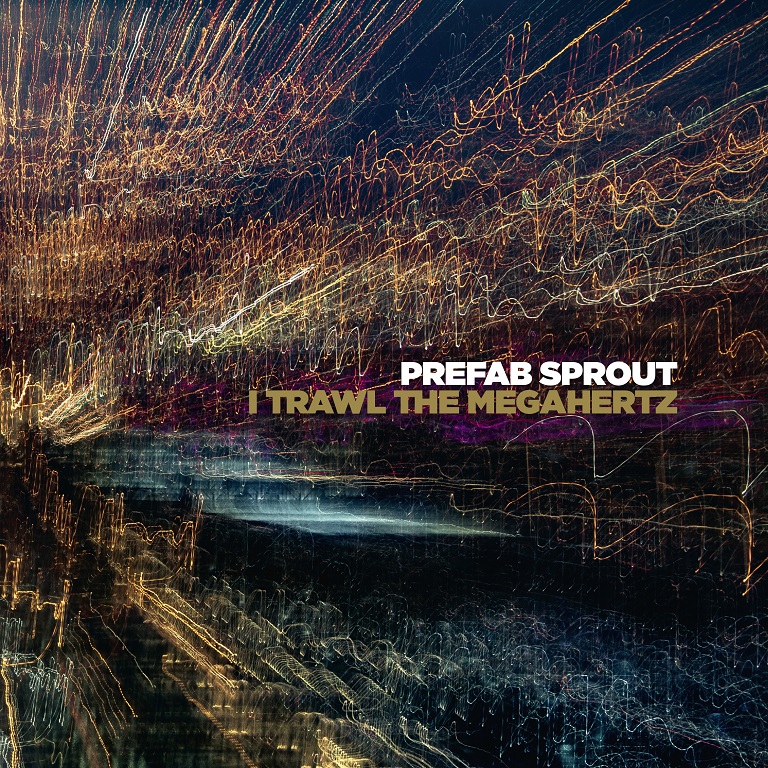
Most of my favorite albums of this year have continued the overarching, modern musical tradition of breaking down genre and building their own styles in the process.
We have had nearly two decades of the internet’s effect on the music industry. For many of its downsides, it’s one undeniable positive is the accessibility of almost the entire history of music to anyone.
The latest artists and producers grew up with the ability to access any piece of music from history and be influenced by it, building their own method from this rich spring of knowledge. This has led to the creation of music that’s hard to tie down; both reminiscent of a nostalgic past and also full of cutting edge production techniques that could only exist in the modern studio.
What we’ve seen over the past five years is a refinement of these techniques. Raw and fresh ideas are always exciting to the listener. To then hone them into something both unique to the artist and yet perfectly presented is a challenge. Thankfully, many artists and producers are now achieving this.
All Mirrors by Angel Olson is my album of the year because it demonstrates the potential of blending modern and classical techniques to create its own sound, which in turn will be seen as a future classic.
The album radiates pure quality throughout. Emotive string arrangements underpin the whole thing, giving an air of the traditional. These organically rich textures, arranged to perfection, hide the more experimental choices in production and instrumentation, which vary massively across the track listing.
A perfect demonstration of this is just after the halfway mark with The Track “Tonight.” That is based around string arrangements, vocals and a traditional drum kit played with brushes, which then goes into the track “summer”. The production of “summer” is built almost entirely synthetically; driven with Drum machines, synthesizers and electric bass providing the accompaniment to Angel Olsens voice. They are massively different in style and sound design, and yet they don’t feel out of place next to each other on the record.
Even on the more “traditional” sounding tracks, processing is always used in unique and modern ways. This is especially true on the vocal tracks, which often have undertones of distortion and phasing, giving them an air of the unusual without ever becoming the motif of the piece.
But these elements never take over the album. On a passing listen, these more experimental embellishments are easily missed. Instead, they’re reserved as extra treats for the analytical listener, giving plenty of reasons for repeat plays.
So to summarise, “All mirrors” does something both incredibly difficult and yet blindingly obvious. It’s a collection of great tracks that never put a foot wrong, all of which are instantly recognisable. The tracks all vary in instrumentation and styles of composition, and yet, with excellent and innovative production, they’re unified as a whole piece of work.
In other reviews on previous years I have said the old cliche that a record is better than the sum of its parts. However In “All Mirrors” all of its parts are the best they can be. This results in an album of the highest quality; one that’s enjoyable both as an easy listen and an analytical one. It manages to take a strong vision with unique production and make it sound completely natural, and in turn, timeless. This type of development and refinement deserves not only my praise but its position as my favorite album of the year.
Bandcamp:





